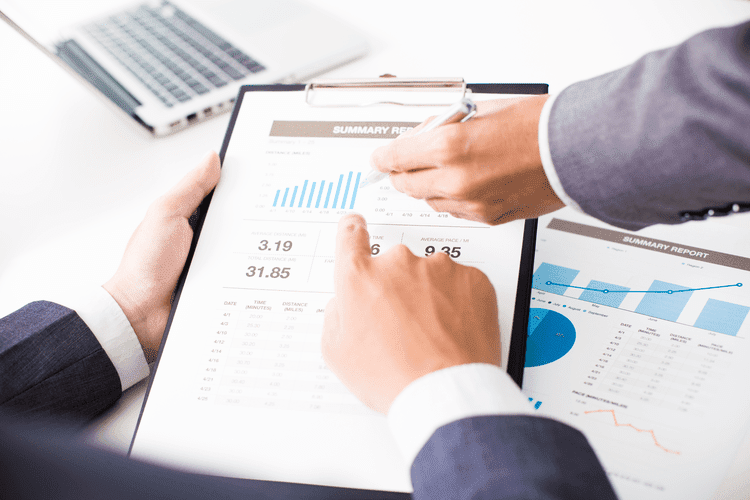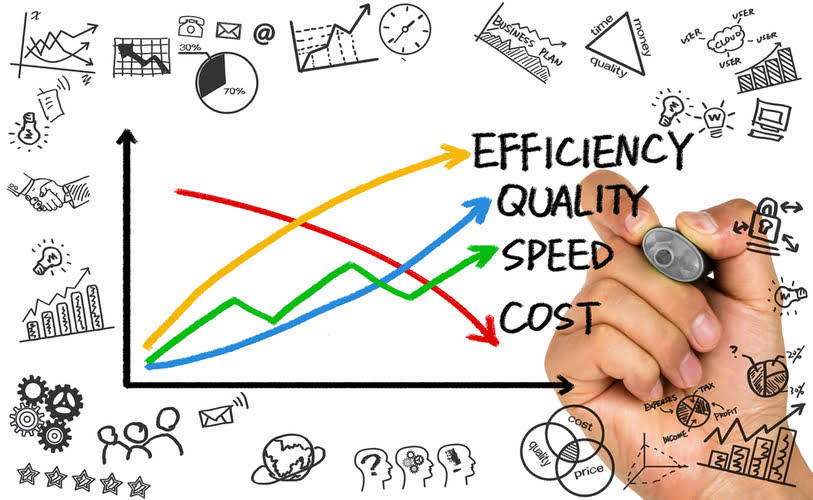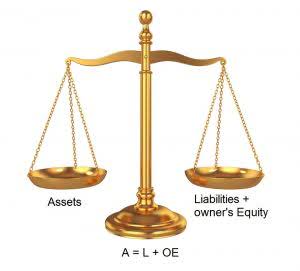
Maybe it’s because you bought them a drink or did a favor for them. Your friend is probably not keeping track of the favors they owe you, at least not on paper, but you’ll remember that they have a liability to return your favor. A contingency is an existing condition or situation that’s uncertain as to whether it’ll happen or not. An example is the possibility of paying damages as a result of an unfavorable court case. The condition is whether the entity will receive a favorable court judgment while the uncertainty pertains to the amount of damages to be paid if the entity receives an unfavorable court judgment. Our article about accounting basics discusses in detail the concepts you need to understand small business accounting.

What are the different types of liabilities found on a balance sheet?

He has a CPA license in the Philippines and a BS in Accountancy graduate at Silliman University. Recognizing liabilities in the balance sheet can be tricky and a confusing bookkeeping responsibility. However, if you know the characteristics of a liability, you can categorize a transaction as one. Liabilities exist because there are obligations between two parties. In this case, your business has an obligation to do something for or to give something to another person or entity.
- Accountants also need a strong understanding of how liabilities function within an organization’s finances.
- This usually happens because a liability is dependent on the outcome of some type of future event.
- Current liabilities are typically settled using current assets, which are assets that are used up within one year.
- Both individuals and businesses benefit when maximizing assets and minimizing liabilities.
- When a payment of $1 million is made, the company’s accountant makes a $1 million debit entry to the other current liabilities account and a $1 million credit to the cash account.
- An example of a current liability is money owed to suppliers in the form of accounts payable.
Types of Liability Accounts – Examples
Proper recognition and classification of these liabilities are essential for providing accurate and clear financial information to stakeholders. Accounts Payable – Many companies purchase inventory on credit from vendors or supplies. When the supplier delivers the inventory, the company usually has 30 days to pay for it.
- Liabilities, on the other hand, represent obligations a company has to other parties.
- The flip side of liabilities is assets — resources the company uses to generate income.
- It is essential for businesses to effectively manage their liabilities and maintain a healthy balance between debt and equity.
- A company’s net worth, also known as shareholders’ equity or owner’s equity, is calculated by subtracting its total liabilities from its total assets.
- You also must record a utility liability for the amount you owe until you actually pay it.
- Liabilities must arise from events that occurred in the past and are expected to be satisfied in the future.
How are assets and liabilities related and treated differently in financial statements?

A liability is an obligation of the business to repay the money or deliver goods or assets in return for value already received. Sometimes liabilities can be transferred, but they still represent a future what is liabilities in accounting obligation for the business. Some companies may group certain liabilities under “other current/non-current liabilities” because the liabilities may not be common enough to warrant an entire line item.
Can you provide some common examples of liabilities companies may have?
The purpose of the SORP is to deal with issues that are specific to LLPs and ensure that, as far as possible, they present financial statements that are comparable with those of other entities. The articles and research support materials available on this site are educational and are not intended to be investment or tax advice. All such information is provided solely for convenience purposes only and all users thereof should be guided accordingly.
Why Are Liabilities Important to Small Business?
- Yarilet Perez is an experienced multimedia journalist and fact-checker with a Master of Science in Journalism.
- In accounting, liabilities are debts your business owes to other people and businesses.
- AP can include services, raw materials, office supplies, or any other categories of products and services where no promissory note is issued.
- Analysts and creditors often use the current ratio, which measures a company’s ability to pay its short-term financial debts or obligations.
- If it is expected to be settled in the short-term (normally within 1 year), then it is a current liability.
- The articles and research support materials available on this site are educational and are not intended to be investment or tax advice.
A liability is an obligation payable by a business to either internal (e.g. owner) or an external party (e.g. lenders). There are mainly four types of liabilities in a business; current liabilities, non-current liabilities, contingent liabilities & capital. A contingent liability is a potential liability that will only be confirmed as a liability when an uncertain event has been resolved at some point in the future. Only record a contingent liability if it is probable that the liability will occur, and if you can reasonably estimate its amount.

